The names of many geographical places have become ordinary words that refer to everyday objects or activities. Here are some – and why you have every reason to visit their namesakes.
Bikini
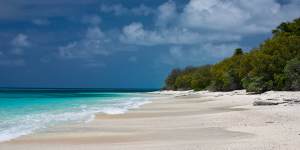
Bikini Atoll Beach,part of the Marshall Islands,located between Hawaii and the Philippines in the Pacific Ocean.iStock
When French designer Louis Reard shrunk the two-piece bathing suit to scandalous size in 1946 he named it after Bikini Atoll in the Pacific,where the US had just tested atom bombs. The World Heritage-listed atoll is part of the tiny Marshall Islands republic and one of the world’s best wreck diving locations,with 21 ships encrusted with marine creatures and corals,and visited by barracuda,trevally and reef sharks. Colourful smaller fish flit in massive schools. See
Rugby
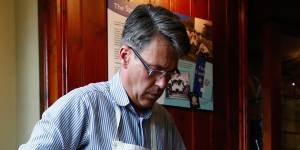
Handmade leather rugby balls still being made in the town of Rugby.Getty
Rugby,one of several types of 19th-century football played in English public schools,was codified in 1845 at Rugby School in attractive market town Rugby near Birmingham. You can tour the school and see the turf where it all began,then follow a Pathway of Fame through town that features plaques to great rugby players. Visit Webb Ellis Rugby Football Museum,housed in a building where rugby balls were first manufactured,for your further sporting fix. See
Limousine
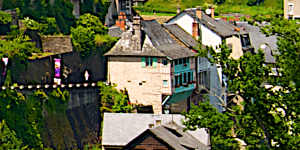
Uzerche is a highlight of the Dordogne Valley.iStock
The car,rather improbably,was named for a distinctive shepherd’s cloak from Limousin in south-west France – the original vehicle had a projecting roof over the unenclosed driver. Limousin is a beautiful rural region noted for castles,pretty villages,Limoges porcelain and the scenic Dordogne Valley,much of which lies off the mainstream tourist circuit. Among the highlights is fortified town Uzerche and several villages voted among the most beautiful in France,including Treignac,Segur-le-Chaateau and Turenne. See
Tabasco
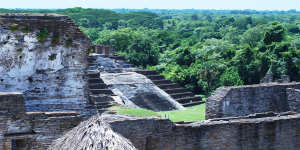
Mayan ruins are a big drawcard in Tabasco.iStock
The sauce made from hot peppers is made in Louisiana but gets its name from a subtropical Mexican state on the Gulf of Mexico that features muddy rivers,lagoons and marshland inhabited by wading birds,crocodiles and monkeys. Sport fishing,bird watching and eco-tourism are big drawcards,but so are Mayan ruins,petroglyphs and Olmec stone sculptures,particularly massive stone heads. State capital Villahermosa is an oil boomtown but has a long history and colourful Spanish colonial-era centre. See
Cologne
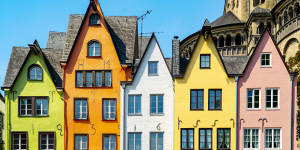
Cologne also has a sensational cathedral,lively street-art scene,and excellent museums.iStock
Eau de cologne was invented in 1709 in this German city on the Rhine by an Italian inspired by the scents of his homeland,such as lemons. The Farina family still operates the world’s oldest fragrance manufacturer. Farina House is now the Fragrance Museum,where you can learn about the history of cologne and sniff the originals,such as the one used by Napoleon. Cologne also has a sensational cathedral,lively street-art scene,and excellent museums. See
Limerick
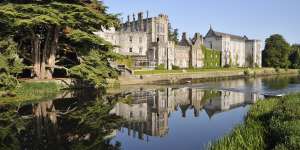
Castle Adare in Limerick,Ireland.iStock
These brief and often bawdy folkloric poems originated in drinking songs,but why they’re named for an Irish town remains obscure. You won’t find any obvious connection but have good reason to visit Limerick anyway. Its history begins with a huge Neolithic stone circle at Lough Gur and runs to a medieval castle (pictured above),elegant Georgian architecture and maritime museum. The town is located on the Wild Atlantic Way tourist route though some of Ireland’s most beautiful scenery. See
Marathon
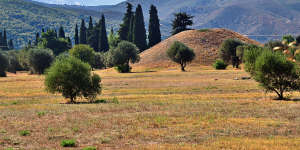
The burial mound of the Athenians who fell at the Battle of Marathon.iStock
In 490 BC Greek runner Pheidippides legged it 42 kilometres from Marathon to give Athens the news that its army had defeated the Persians. This remains the length of a marathon,and the annual Athens Marathon covers the same ground. Although modern-day Marathon isn’t that interesting,you can still see the earthen mound under which ancient Athenian solders are buried,and various battlefield objects at the local archaeological museum. Scenic Lake Marathon was once the main water supply for Athens. See
Geyser
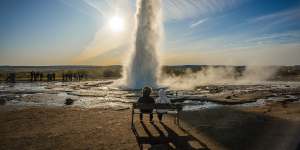
Geysir geyser no longer erupts,but nearby Strokkur blows every seven minutes or so to spectacular effect.Getty
There isn’t much about the tongue-twisting Icelandic language that makes it a good source of English loanwords,but geyser is one,and comes from Geysir in the geothermally active Haukadalur Valley in southwest Iceland,right on the Golden Circle tourist route. Geysir geyser no longer erupts,but nearby Strokkur blows every seven minutes or so to spectacular effect,launching boiling water 20 metres into the air. Hot springs,mud pools and fumaroles are other attractions. See
Spa
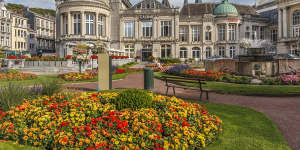
Spa has an abundance of historical architecture – including probably the world’s oldest casino.iStock
This Belgian town became known for its supposedly curative hot springs in the 16th century and was soon one of Europe’s most fashionable wellness resorts,visited by kings and the crippled alike;German emperor Wilhelm II abdicated here in 1918. Its name was soon applied to any hydrotherapy retreat. The town has an abundance of historical architecture – including probably the world’s oldest casino,and a frescoed pump room – and several wellness resorts. It also hosts annual Formula One races. See
Brie
Many European cheeses – from Edam to Gruyere and Gorgonzola – are named after towns or regions. The soft,white-rind cheese Brie is made around French medieval episcopal city Meaux in Brie region east of Paris,conveniently on the way to Champagne. You can tour the Saint-Faron cheese factory and watch brie being made,and discover Brie’s history and production methods at Maison du Brie. The town also has a Museum of the Great War,the largest in Europe dedicated to World War I. See